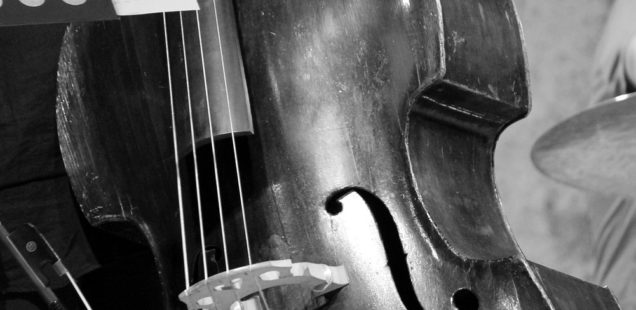
3 Considerations When Recommending Double Bass Repertoire to Young Bassists
As educators, we know our students best. We know their strengths and weaknesses and we care about their personal and musical growth. Music learning is different for every student and requires us to be tuned into their needs.
There have definitely been times when I’ve made the wrong decision regarding a student’s progress.
Perhaps I pushed them too much or recommended a piece that was too far beyond their ability at that moment. Perhaps it was a situation where I gave a student a selection that they couldn’t relate to or introduced a concept and missed laying the proper foundation.
In this blog post, I’ll discuss some points to consider when recommending solo pieces to assign to a young bassist. Of course, these considerations can be applied universally for any musician, at any level, when considering repertoire to perform. My hope is that this post will also help other non-bass playing educators who are in positions where they are teaching young bassists and need some insight into some bass specific concepts.
Too Much of a Challenge?
I can recall pieces of music that took me months to learn and prepare. I was diligent in my practice and even still, when it came time for the performance, there may have been certain passages or licks that I still couldn’t pull off.
This is a natural occurrence in music. We will make mistakes, recover, and move on. The mistakes add to the character of the piece and give it humanity. The balance for us as educators is assigning music that is ‘just right’ for a student’s ability level.
This does sometimes mean assigning ‘stretch’ pieces, or pieces that are just beyond their reach at the moment. Music that pushes and challenges them, but can eventually be mastered with diligent practice. Music that is beyond their ability level at that moment, that they need to work towards mastering, but that they won’t end up completely frustrated.
This consideration is so important in terms of providing clear and attainable goals for our students and a sequence of learning that makes sense and moves step by step for them.
Technical Demands
When considering a piece of music, we must ask, “What are the technical demands of the piece and will they be within reach of the student?” To provide some context, many bassists start their instrumental studies in a school orchestra with a heterogenous group of string instruments. Most classroom method books begin young bassist in first position and spend most of their time in that lower position on the bass. Therefore, younger bass students generally feel most comfortable in the lower positions.
In order to keep up with their violin counterparts, young double bassists learn how to shift early on in our studies, however, a young bassists range may not go beyond D above the staff. This is often uncharted territory for your general middle to early high school young bassist.
When selecting music for a young bassist consider:
- Does the piece stay mostly in the lower range of the instrument?
- Does the piece have large shifts or leaps?
- Does the piece require knowledge of thumb position?
- What are the demands of the bow and left hand?
- Is the piece in a familiar or unfamiliar key?
Can Students Relate to the Piece?
The moments when my students play their best and are most expressive is always found in music they can relate to and put themselves into.
It’s always good for us as educators to be attuned to what styles of music our students relate to best. What gets them excited? The more passionate students are about what they are playing and the more they enjoy a certain piece, the more expressive the performance will be. This principal applies not only to bassists, but all musicians.
Even if a student is initially having a difficult time relating to a piece, there are ways to help them get excited about the music.
Here are some simple ideas to consider:
- Provide relatable context or historical information about the music they would find interesting.
- Have students describe how the piece makes them feel at certain points in the music.
- Have students create a story to go along with the music.
- Play high quality recordings that capture the essence of the piece.
- Have students assign adjectives to describe the mood of the piece.
- Research the composer’s inspiration or intent for writing the piece, if applicable.
Conclusion
There are so many resources and pieces of music for double bassists to consider regarding repertoire.
All abilities and stylistic interests will be able to find pieces of interest. Educators are the guide on a student’s musical journey.
I hope these ideas are helpful when we consider pieces of all styles and genres for our students to perform.